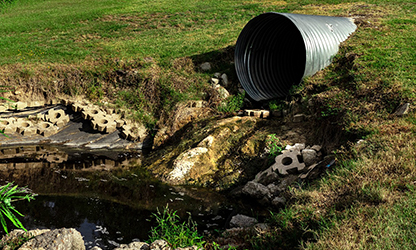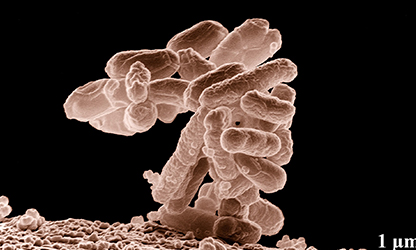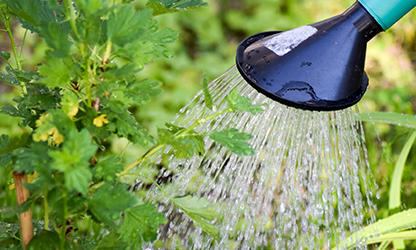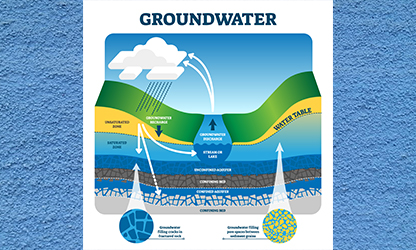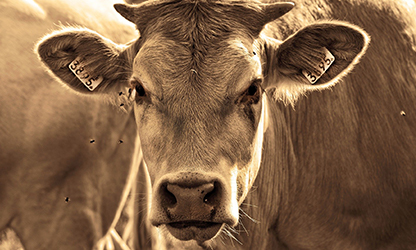Worried about your drinking water’s purity? Knowing how water is purified will help you be more attentive to where you source your drinking water and how to make your water safe when in doubt.

powi.ca gathered information about why water needs to be purified before drinking it, purification methods, and how to do it yourself when reliable sources are unavailable.
Why We Purify Drinking Water
Water purification can help remove harmful contaminants while improving your drinking water’s taste, smell, and appearance. It can significantly reduce or eliminate the chlorine, soil residue, and organic and inorganic substance amounts in tap or treated water.
Note: Water filtration helps prevent water-related illnesses and diseases. Children, elderly adults, and people with poor or compromised immune systems are more susceptible to experiencing adverse effects from contaminated tap water.
Public (Tap) Water Treatment

Public water systems use multiple water treatment steps, including coagulation, flocculation, sedimentation, filtration, and disinfection, to provide safe drinking (potable) water. The following is how each step works:
Coagulation – Positively charged chemicals are added to the water. The positive charge neutralizes dirt’s and other dissolved particles’ negative charges. As this occurs, particles bind with the chemicals to form larger, heavier particles. Chemicals used in this step include salts, aluminum, or iron.
Flocculation – Following the coagulation step, flocculation is the water’s gentle mixing to form larger, heavier particles called flocs. Water treatment plants will sometimes add additional chemicals during this step to encourage floc formation.
Sedimentation – This crucial step separates solids from the water. During sedimentation, flocs settle to the bottom of the water since they are denser.
Filtration – Once flocs have settled, the clear water (on top) is filtered to further separate solids from the water. During filtration, the clear water passes through multiple filters with different pore sizes (like sand, gravel, and charcoal). These filters remove remaining dissolved particles and germs, like chemicals, parasites, bacteria, and viruses. Carbon filters help remove foul odors.
Disinfection – After filtration, water treatment facilities may add chemical disinfectants (like chlorine, chloramine, or chlorine dioxide) to kill remaining parasites, bacteria, or viruses. This helps keep water safe as it travels to homes and businesses.
Water treatment facilities will ensure the water has low chemical disinfectant levels when it leaves the treatment plant. Remaining disinfectants kill germs and pathogens living in pipes between water treatment plants and their final destinations.
Note: Water may be treated differently in communities depending on the source water’s quality. Water entering treatment facilities is most often surface water or groundwater.
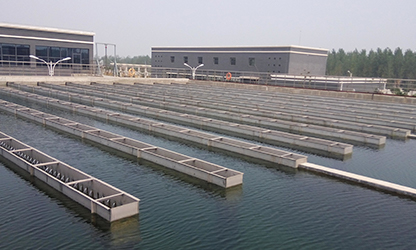
Water Purification Methods
If you suspect your water is contaminated or a local water advisory is announced, and you don’t have any emergency bottled water stored, you can purify it yourself by using one of the following methods:
1. Filtration
Filtration is a highly effective water purification method. The right filters can eliminate harmful compounds in your water. This method uses chemical and physical processes to purify water, making it safe to drink.
Filtration eliminates large and small compounds and dangerous disease-causing contaminants with one fast filtration process. Since filtration does not eliminate all mineral salts, filtered water is considered healthier when compared to other methods.
2. Distillation
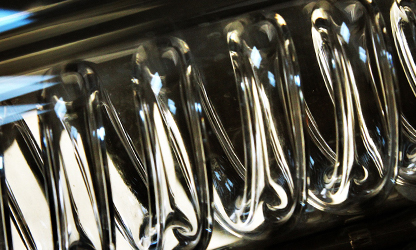
Distillation utilizes heat to collect pure vaporized water. This method is scientifically effective because water has a lower boiling point than other contaminants and disease-causing elements.
Water is heated until it reaches its boiling point, then left boiling until it vaporizes. This vapor is collected in a condenser to cool when the vapor is reversed into liquid water (clean and safe for drinking). Other substances with a higher boiling point remain as sediments in the container.
3. Boiling

Boiling water is the cheapest and safest water purification method (recommended when public water systems issue contamination alerts). Sometimes, water sources or distribution channels may render your water unsafe. Parasites and germs go unseen by the naked eye, but the effects of their ingestion can be life-threatening.
Clean water should be kept at a rolling boil for 1 to 3 minutes. For people living in higher altitudes, it is recommended to boil your water longer because water boils at lower temperatures in higher altitudes. When water is drawn from wells, leave it (allowing compounds to settle before filtering the clean water for use).
4. Chlorination
Chlorine is a chemical used for many years to treat water for home consumption. Chlorine is a water purification method that kills germs, parasites, and disease-causing organisms found in ground, well, or tap water. Water can be purified using chlorine tablets or liquid chlorine.
As a readily available water purification product, chlorine is relatively cheap and highly effective. Chlorine tablets kill all bacteria leaving your water clean and safe. However, take caution and follow the manufacturer’s instructions when using chlorine liquid or tablets to treat drinking water.
Note: Those suffering from thyroid irregularities should consult their physician before using this product.
Purified Water Benefits
Purified drinking water provides a safe way for people to stay hydrated. It also aids digestion, increases athletic performance, efficiently detoxifies the body, and promotes skin health.
Purified Drinking Water
In this article, you discovered essential information about why clean, purified water is necessary for good health and filtration methods that remove bacteria, pathogens, and other impurities that can cause severe health issues over time.
Knowing why your drinking water needs to be purified and how to make it safe to drink when there are problems or you are unsure of its source will help keep you from ingesting harmful bacteria and other pathogens found in untreated water.
Relying on tap, spring, or well water without filtering or purifying it will expose you to impurities that can cause severe (and sometimes life-threatening) medical conditions.
Sources:
cdc.gov/healthywater/drinking/public/water_treatment.html
epa.gov/ground-water-and-drinking-water/emergency-disinfection-drinking-water
nps.gov/articles/2wayspurifywater.htm
fema.gov/press-release/20210318/fact-sheet-how-make-your-water-safe-drink
skagitcountywa.gov/Departments/Flood/drinkingwater.htm


